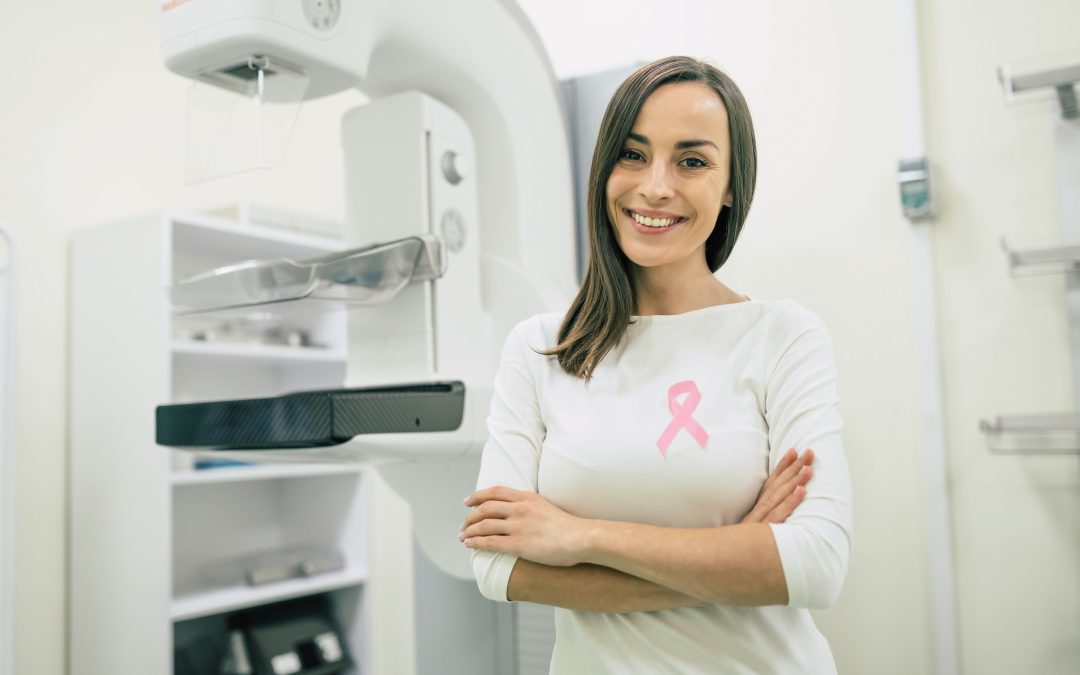In 1987, first lady Nancy Reagan had surgery for early-stage cancer in her left breast. The tumor was just seven millimeters in diameter, the smallest size malignancy doctors were able to detect through mammography at that time.
Since then, mammography has become much more able to identify early-stage breast cancers—thanks in large part to the move 15 years ago from film to digital mammography. One study of 11.3 million breast cancer screenings in the UK found digital mammograms improved breast cancer detection by 14 percent. The biggest advances were seen in detecting early-stage invasive cancers.
However, false positives are an issue: X-ray mammography comes with a 50 to 60 percent chance of a false positive after 10 yearly mammograms. Digital mammography, according to one study from the UK also produces “false-positive mammography results and additional imaging are common, particularly for younger women and those with risk factors…”
Action points:
- Find a center with digital mammography equipment. The ongoing TMIST study is comparing 2D- and 3D-digital mammography; it’s thought, but not yet proved, that 3D may be advantageous for women with dense breast tissue.
- Get screened. To avoid unnecessary procedures and false positives, the USPSTF recommends women aged 40 to 74 who are at average risk for breast cancer get a mammogram every two years. Earlier screening is appropriate on a case by case basis.
- If you’re given a positive reading, follow up pronto—if you’re the beneficiary of accurate early detection (stage 0 or 1), your chances for beating it are near 100 percent.

